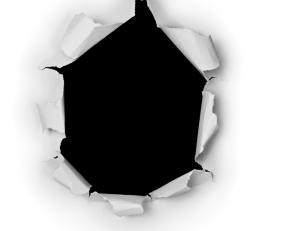How rooftop solar picks off the utility’s largest and most lucrative customers.
Steve Mitnick is president of Build Energy America and author of “Lines Down: How We Pay, Use, Value Grid Electricity Amid the Storm.” His report on this topic, “Changing Uses of the Electric Grid: Reliability Challenges and Concerns,” was published by the Electricity Markets Research Foundation in July.
Let's say it loud, so everyone hears. The grid is essential - for you, me, and all of us. And that will be as true in 10 or 20 years as it is now. Apart from that most adventuresome of individuals, there's simply no credible path in the foreseeable future to go off-grid: not for the nation, or for a single state, or for the local community.

Even so, the stories and rumors will keep coming. We'll hear about new technologies, about off-grid pioneers, and about all manner of startups and policies to bypass the grid. Yet all Americans, virtually a hundred percent, will continue to depend on the grid's bounty.
Needs that are Instantaneous
Our dependence on the grid is easily explained. A home's need for electricity varies wildly, second to second, minute to minute, hour to hour, day to day, and season to season. Only the grid - with its enormous capacity, diversity, and flexibility - can make this happen.
Why the sudden erratic ups and downs in a home's needs for electricity? It's because the combined needs of a home's hundred or so machines, appliances, devices, and lights are anything but smooth. And that goes double for a home's air conditioner, refrigerator, and heating (especially if electric), which are cycling continually on and off. And also the dishwasher, oven, microwave, toaster, water cooler, freezer, coffee maker, washing machine, clothes dryer, hair dryer, and power tools, etc.

